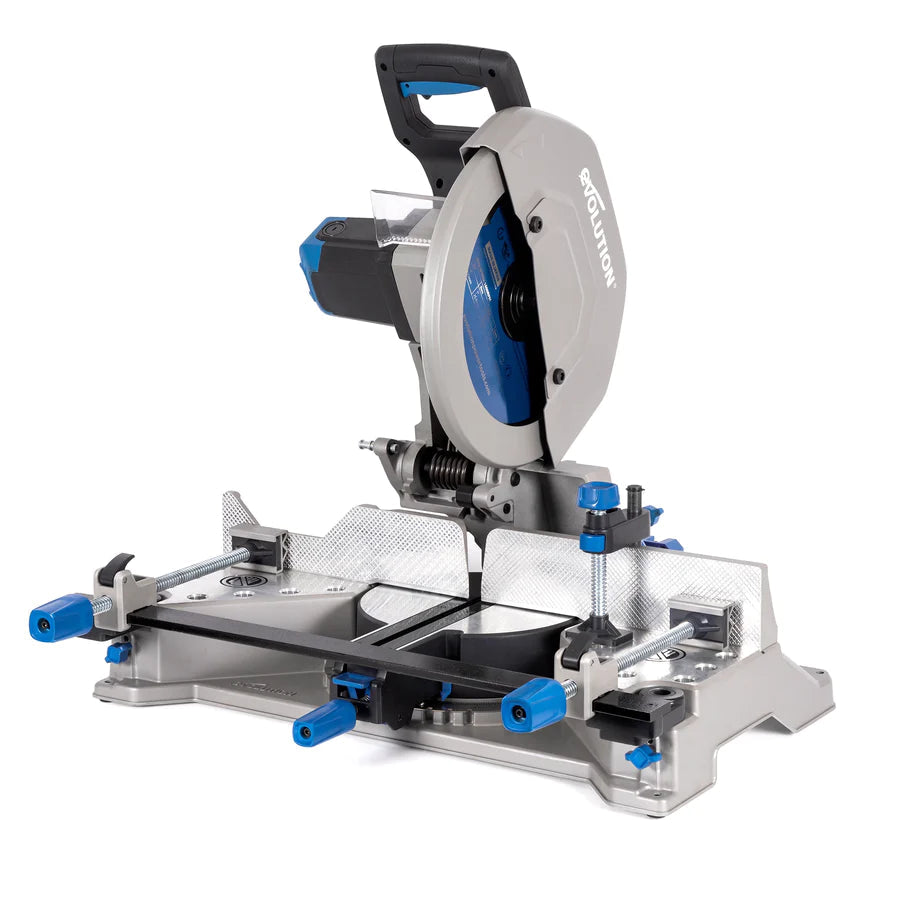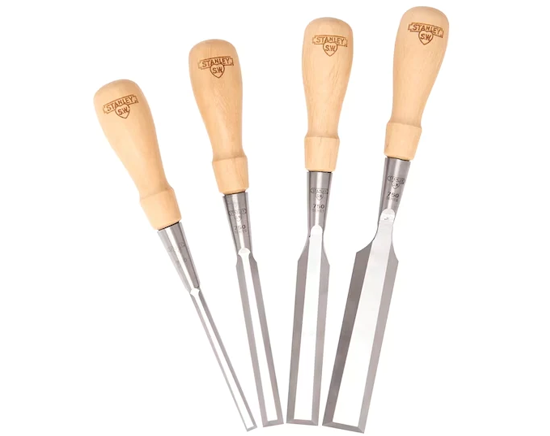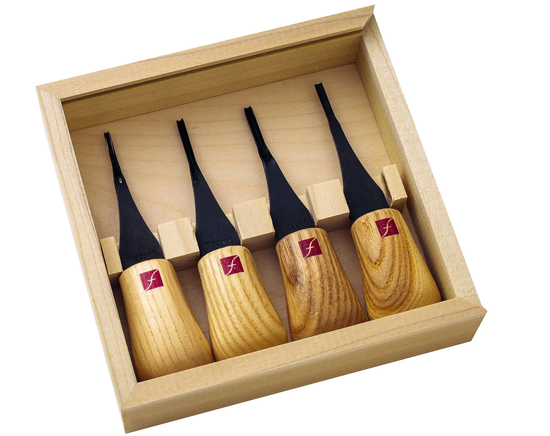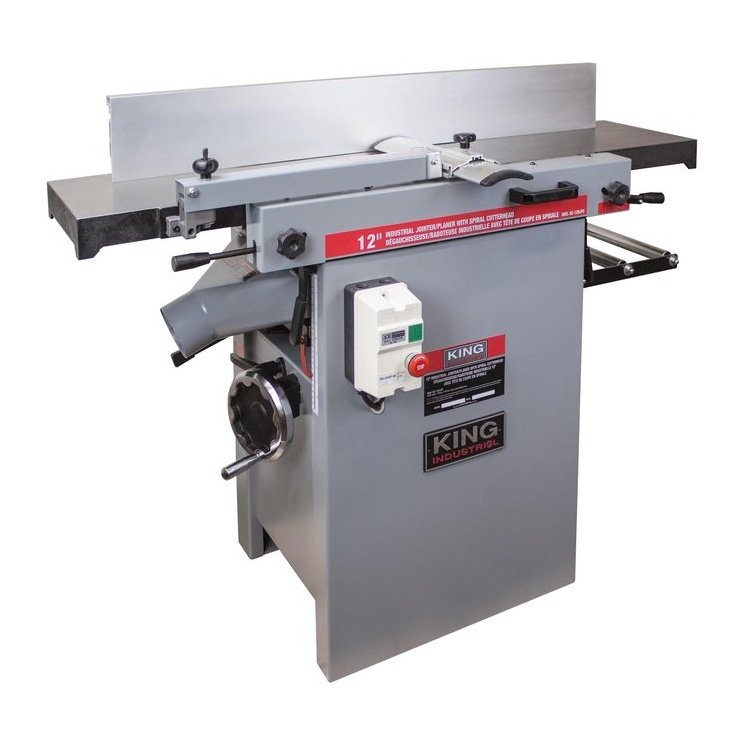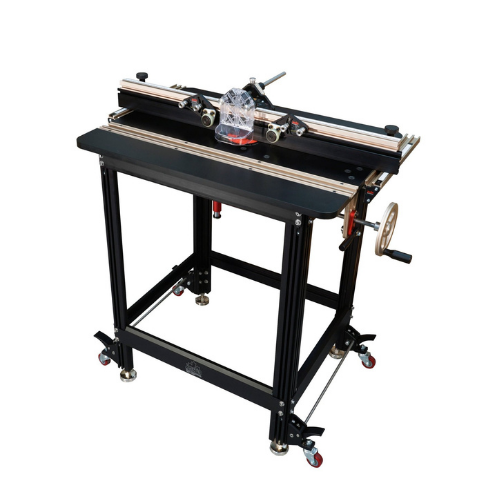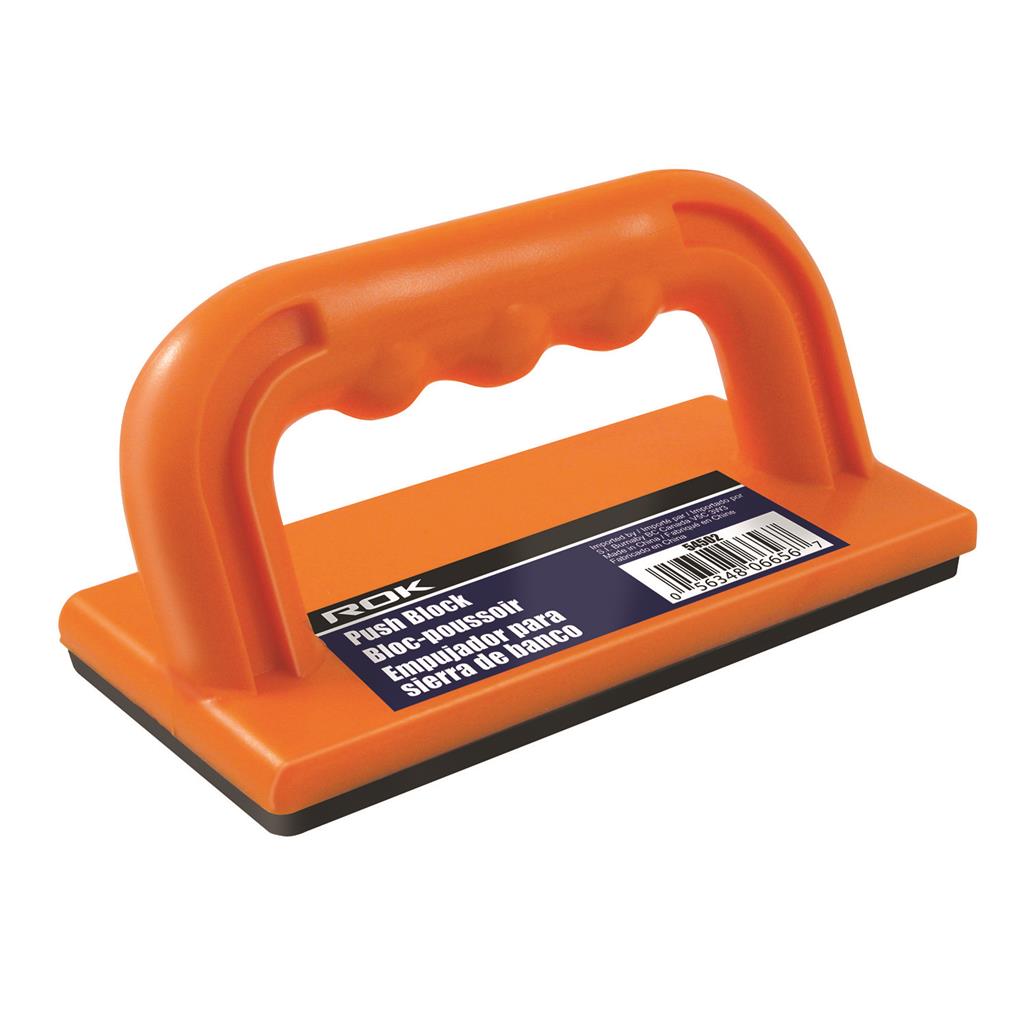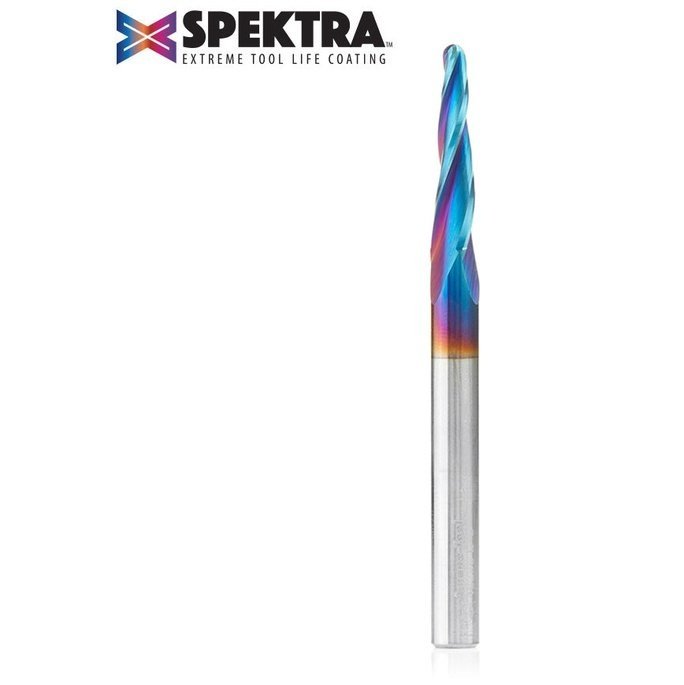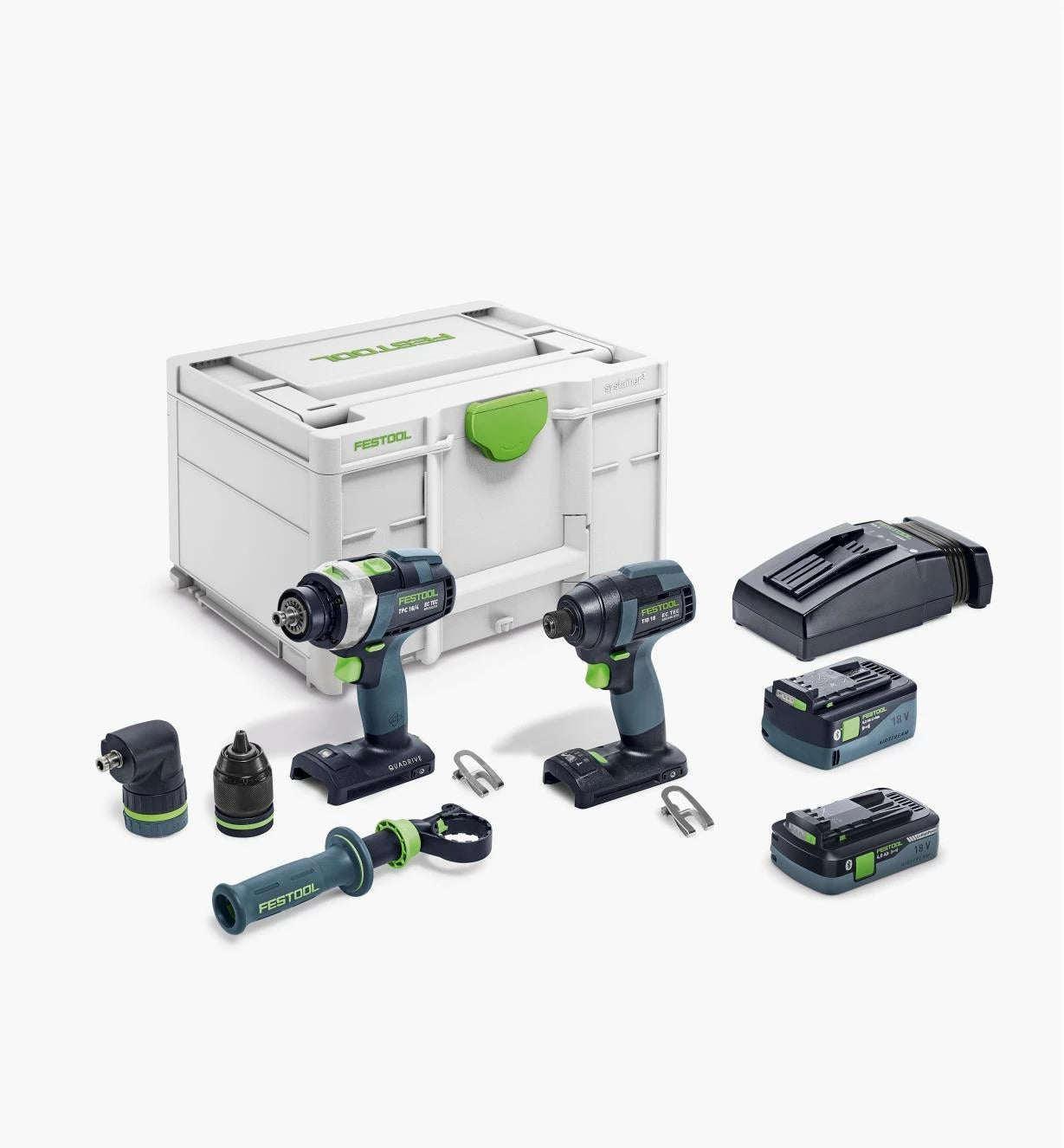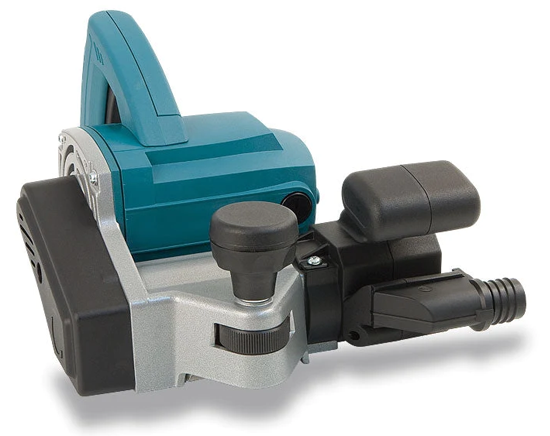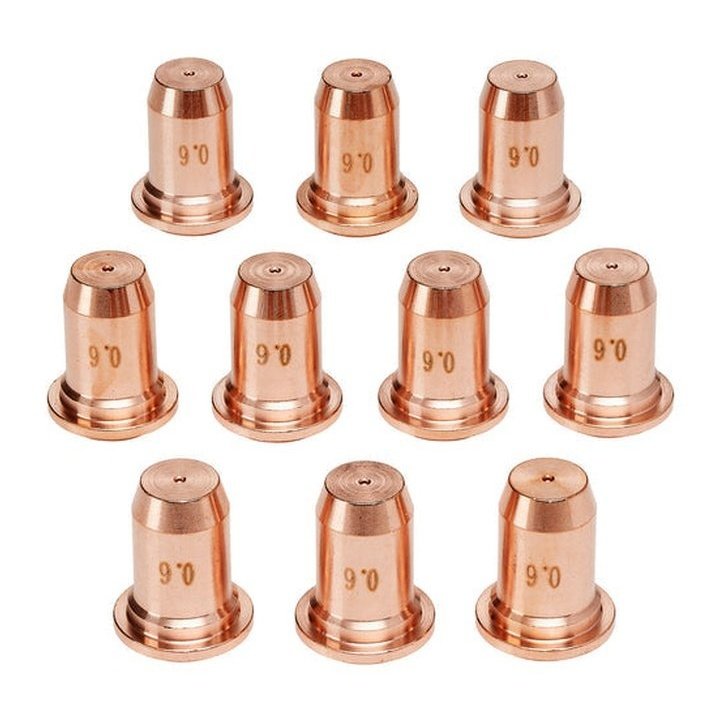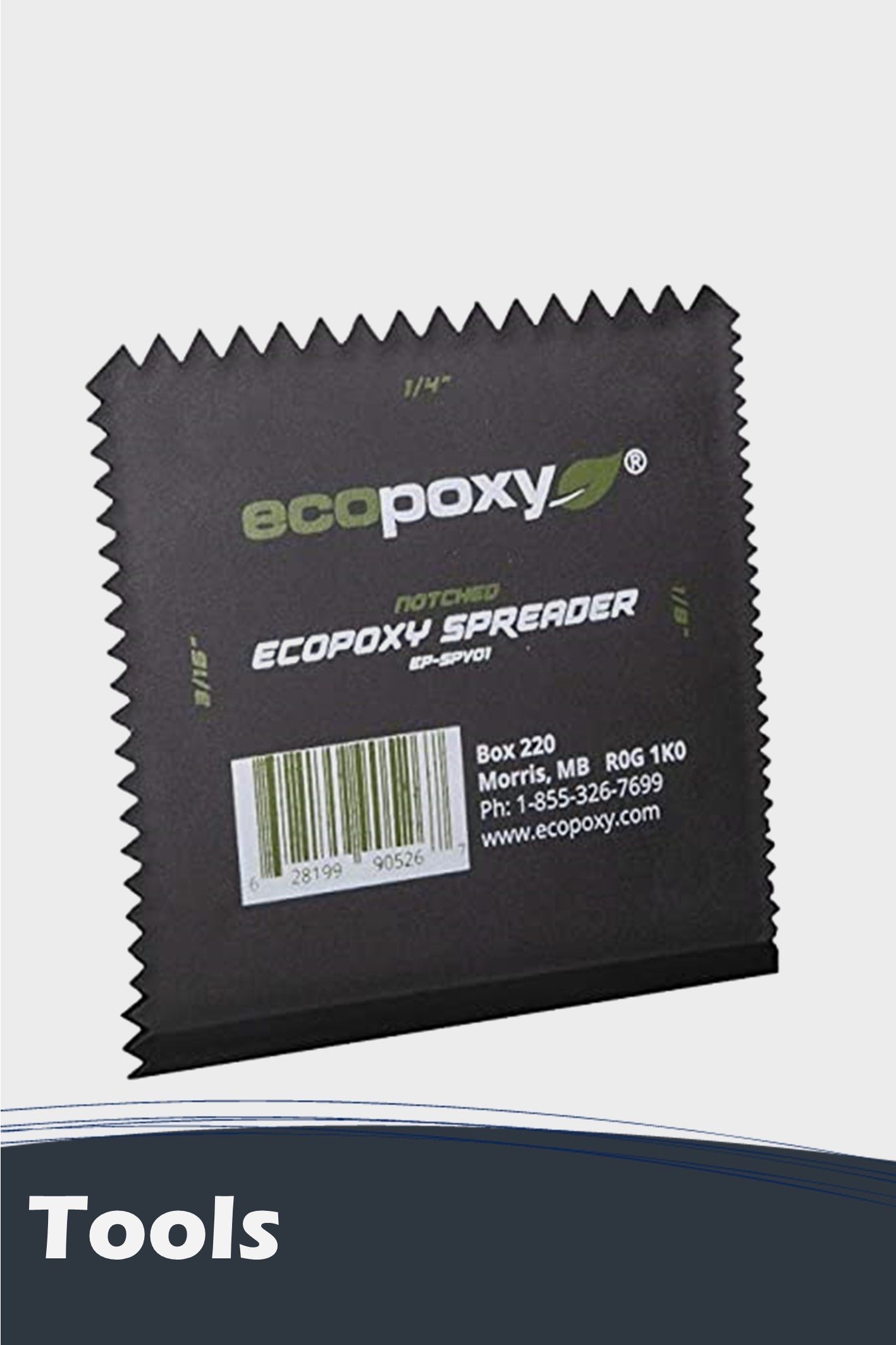Almost everyone knows the value of fingerprints in police investigative work. Fingerprints are invaluable physical evidences in identifying persons who might be involved in a crime.
What many people may not know is that a liquid super adhesive called cyanoacrylate glue or CA glue is being employed to facilitate the efficient and reliable capture of human fingerprints in crime scenes, especially of the latent ones.

Super Glue Method
The method of fingerprint capture is called cyanoacrylate fuming method or the super glue method.It is a proven effective fingerprint-retrieval tool presently being used in the police forces of most developed countries.
Fingerprint Retrieval
This is indeed very interesting, but to answer it well, we must know that generally, fingerprints come in under one of two types, the visible and the invisible or latent.
Present-day cameras can already provide the photographic evidence for visible marks or prints. That is why police investigators always have high-resolution cameras among their investigation equipment at the crime scene.
Making The Invisible Visible
But how about the latent ones? They have to be seen and made visible so that they can be photographed. The objects, areas or surfaces suspected of latent fingerprints therefore need to be identified.
The more popular process of converting latent fingerprints to visible form is the cyanoacrylate fuming method. How is this fuming method done when cyanoacrylate is in liquid form?
The Cyanoacrylate Fuming Method
To answer that, we need to understand the nature of fingerprints. Fingerprints are marks naturally formed on surfaces touched by the bare hands from the chemicals that are present at the pores of the fingers and left on the surface touched. The main component of these chemicals is ordinary sweat or perspiration which is mostly water. After a while, this sweat made of water dries up, leaving the other components that are solid still attached to the surface. However, these solids are clear but invisible.
Fingerprint Composition
These remaining components are made up of amino acids, lactic acid, glucose, ammonia, peptides, riboflavin and other organic compounds. They also include inorganic chemicals such as sodium, potassium, chlorine, and carbon trioxide.
Chemical Reaction with Fingerprint
The principle behind the fuming method is to find a substance that will chemically react with one or all of the remaining component substances where these fingerprints are suspected to be present, and will result in a new chemical composition.
One such substance is this instant bond super glue which when combined with amino acids, fatty acids, protein and other substances in the suspected latent fingerprint areas will produce a visible and sticky material around the areas being investigated for marks.But how can that reaction take place when CA glue is liquid? Likewise, how about the moisture?
To Convert CA Glue Into Gas
For this chemical reaction to happen, the CA glue must first be converted into gaseous form. Then, the surfaces being investigated for fingerprints are arranged in an air-sealed or even air-tight tank or container that is equipped with a small heater. Several drops of the CA glue are collected in a small open vessel and placed on top of the heating machine inside the tank.
Air-Sealed or Air-Tight Tank
The tank is then sealed carefully after which the heater is put on to aim for boiling point of 49 degrees to 65 degrees for the glue. When the CA glue boils, it becomes gaseous cyanoacrylate filling the inside atmosphere of the tank. Aided by the natural humidity, the reaction will soon take place, approximately within two hours, depending on the size of the tank and other influencing factors.
Most objects of suspected latent fingerprints are brought to the crime laboratory where the fuming is to be done. The idea is to have results generated from a controlled environment to make them reliable and beyond question.
Monitoring for Overdevelopment
This process of fuming must be carefully watched and monitored to make sure that the fingerprints do not overdevelop. If the process is not watched, there is a chance that the fingerprints may grow wider.
For facility, some methods were developed to accelerate the process of achieving reaction. Three methods are presently being used to accelerate the process: fume circulation method, chemical acceleration method, and water vapor method.
Super Glue Acceleration
The fume circulation method just needs a faster circulation of the fumes. It uses a couple of electric fans installed inside the tank to facilitate the circulation of the fumes formed. With chemical acceleration, the heating equipment is discarded since it is not necessary; instead, sodium hydroxide is placed in contact with the super glue, and the mixing of these two substance will cause the formation of fumes.
In the water vapor method, they simply concentrated on keeping the moisture available and sufficient by adding an open container with water inside to ensure high humidity.
Initial Results Not Fit for Photograph
After the fuming is done, the final result is a now a visible fingerprint. However, this resulting form is not fit for photographic imaging because the resulting forms are white and may not be suitable for photographs. A contrasting color is needed to come up with clear pictures.
The Dusting Method
The technique presently being used to make the marks photographable is known as the dusting technique. Various colored dusts are available to be sprinkled or spread over the white forms and these dusts will cling to the sticky white forms and make a new color for the fingerprints.
The CA Glue Fuming Method a Great Help to Forensics
It can be seen that the Super Glue Fuming method is a great help for both the national and local police forces of a country in enabling them to identify perpetrators of crimes via their fingerprints. It is affirmed, based on observed outcomes using the Super Glue technique, that the technique generates superior latent fingerprints on surfaces that are non-porous such as glass, metal and plastic.
Recent investigative reports on the development of latent fingerprints retrieved from fresh and sea water show that it is possible to capture such fingerprints using cyanoacrylate Super Glue.
This satisfactory performance of the Super Glue technique makes it a highly commendable tool or aid in criminal investigative work that must be adopted by police agencies for capturing invisible fingerprints on crime scenes.


















